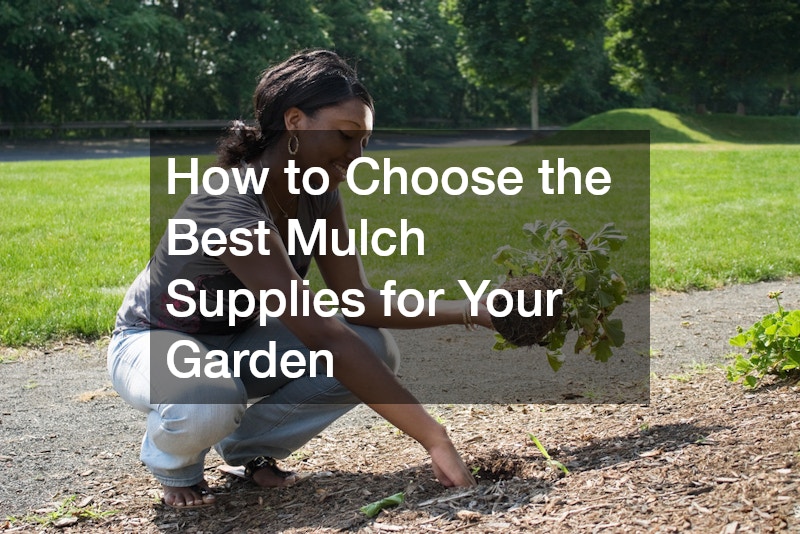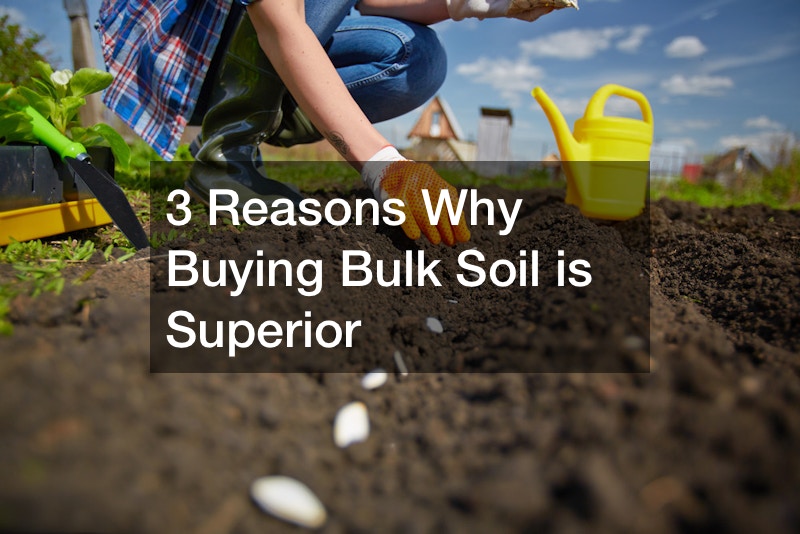Choosing the right mulch supplies for your garden can greatly impact plant health, moisture retention, and weed control. This article delves into essential considerations and recommendations to ensure you select the best mulch for your gardening needs. With a plethora of options available, understanding the characteristics of different mulches will play a crucial role in making an informed decision.
Mulch serves as a beneficial layer over the soil, whether it’s for aesthetic purposes or functional advantages. It aids in moisture retention, reduces the need for watering, and keeps the soil temperature consistent. Additionally, mulch can suppress weeds, reduce erosion, and even improve soil fertility as it breaks down, providing nutrients to your plants.
The type of mulch you choose will depend on various factors, including your garden’s requirements, your gardening style, and environmental considerations. As you delve into the world of mulching, consider this guide to ensure you maximize the potential of your gardening efforts.
What Are the Different Types of Mulch Available?
There are three primary types of mulch: organic, inorganic, and synthetic. Organic mulch is derived from living materials, including wood chips, straw, bark, and leaves. These mulches enrich the soil as they decompose, providing essential nutrients for plant growth. They are excellent for gardens as they also attract beneficial microorganisms which help improve overall soil health.
Inorganic mulch includes materials like rocks, gravel, and landscape fabric. While these do not decompose, they can be just as effective in controlling weeds and maintaining soil temperature. They are ideal for low-maintenance gardens where the aesthetic appeal is a priority, and soil enrichment is less of a concern.
Synthetic mulches, such as plastic or rubber, are designed to last longer than organic materials and often offer excellent weed control. However, they can create issues with water drainage and soil aeration, potentially leading to adverse effects on plant health. It’s important to carefully weigh the pros and cons of each type when choosing mulch for your garden.
How Does Mulch Affect Soil Health?
Mulch plays a significant role in improving soil health by enhancing its structure. As organic mulches break down, they create a more crumbly soil texture that allows for better air circulation and root penetration. This is particularly important for plant roots which need oxygen to grow and thrive. Moreover, this improved structure aids in preventing soil compaction.
The application of mulch also assists in regulating soil temperature, providing insulation during extreme weather conditions. Cooler soil in summer and warmer soil in winter can create a more stable environment, which is essential for various plant types. This stability promotes healthy root development and allows active growth throughout the seasons.
Addtionally, many organic mulches contribute directly to soil nutrient levels as they decay, adding organic matter that fosters microbial life. This microbial activity helps in the natural cycling of nutrients, ensuring that plants have access to the essential elements they need to grow. By enriching soil health, the right mulch can have lasting benefits for your entire garden ecosystem.
What Factors Should You Consider When Choosing Mulch?
Several factors should influence your choice of mulch supplies, starting with your local climate. In regions with heavy rainfall or extreme temperatures, selecting a mulch that effectively manages moisture and temperature is vital for plant survival. Reflecting on the typical weather patterns can guide you toward the most suitable mulch type.
The specific plants in your garden also play a critical role in determining the best mulch. Different plants have varying requirements for water, light, and nutrients, and some mulches may work better for certain species. Understanding the needs of your garden’s inhabitants can lead to a more successful planting outcome.
Aesthetics and sustainability are additional factors to consider. The color and texture of the mulch will impact the visual appeal of your garden and should complement your planting scheme. Sustainability involves choosing mulches that align with your environmental values, such as recycled or locally sourced materials, contributing to a greener gardening practice.
How Do You Apply and Maintain Mulch in Your Garden?
Applying mulch correctly is key to maximizing its benefits. Generally, a depth of 2-4 inches is recommended to suppress weeds effectively and retain moisture while allowing air to circulate. Ensuring even distribution and avoiding mulch volcanoes around plant bases can prevent issues with plant health and promote better growth.
The timing of mulch application can affect its overall effectiveness. Early spring is a popular choice as it allows for moisture retention at the onset of warmer weather. However, late fall is also suitable, as it can protect plants from winter freeze-thaw cycles and maintain soil health through the colder months.
Maintaining your mulch involves periodic checks to ensure it remains at the correct depth and addressing any compaction or breakdown over time. Adding fresh mulch as needed helps maintain its benefits, while routine monitoring for pests and diseases ensures that your garden remains healthy and vibrant.
Choosing the best mulch supplies is essential for promoting a thriving garden. By understanding the types of mulch, their effects on soil health, critical selection factors, and proper application, you can enhance your garden’s health and aesthetics. Ultimately, the right mulch not only improves your garden’s appearance but also ensures a sustainable ecosystem that supports plant growth while benefiting the environment.




